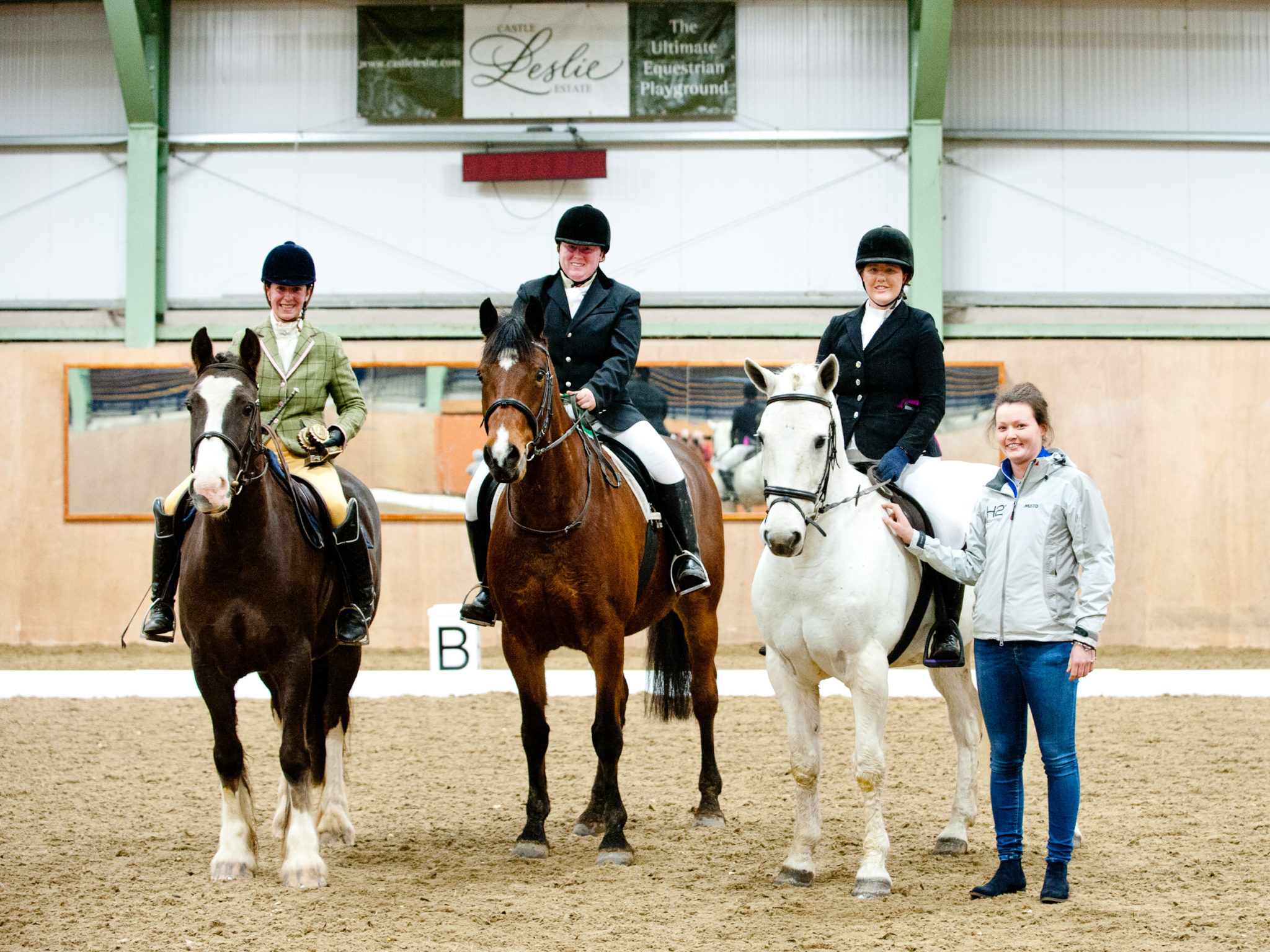
Our Equestrian Centre Business Manager, Jenny Richardson BHSAI, poses the question – when should we ‘move up’ the dressage levels?
As a trainer, I know that many riders are keen to move up the competitive dressage levels; many of my clients here at the glorious Castle Leslie Estate see this process as an integral part of progression, whereas others can find this transition nerve-racking! So, with so much to consider, how do you know when the time is right to move up the levels in dressage?
There are usually many reasons behind wanting to move up the levels, just as there are some justified ones for staying put, and continuing to ‘wow’ the judges at the level that you and your horse are comfortable with; but the first consideration from my point of view is how well the combination of horse and rider is doing schooling at home.
“To be really competitive, partnerships should be training at a higher level at home than they are competing at…”
To be really competitive, partnerships should be training at a higher level at home than they are competing at. This is important, as typically most partnerships do not perform at their 100% best at a show, due to competition nerves, or extenuating variables (e.g. the weather!). So, before braving the next level in the dressage arena, you need to ensure you can perform the movements included in the tests as perfectly as possible in the manege at home.
Once you have established a consistent performance of the calibre of work required in the next level in a relaxed fashion (and providing your horse is fit and sound to cope with the increase in pressure!), it is perhaps time to be brave, and give it a go!
Novice to Elementary
One of the biggest leaps in dressage is perhaps from Novice to Elementary level; this transition for example sees the introduction of lateral work in the form of leg yield, plus simple changes, walk to canter transitions, medium canters, as well as smaller circles and serpentines. At this level, the horse must also be working in a more collected frame. Collection at Elementary level is really just the start of asking for more engagement, and for the horse to be able to establish a more uphill frame. This is why it’s important to do the basics correctly, so that the horse is physically and mentally able to take this extra demand. This is really the time where half halts and the concept of ‘inside leg to outside rein’ start to become more evident, in order to rebalance and engage the horse.
Remember that quality dressage and flatwork training is a worthwhile investment! Pick a trainer that you trust, and who understands your horse, and consider an intensive training break at a respected training venue. We’d would love to welcome you here at Castle Leslie for some training in whatever discipline suits you, from flatwork and jumping to side-saddle! Click here to browse our full website!
Visit Pegasus magazine’s online main page for horsey information and news.






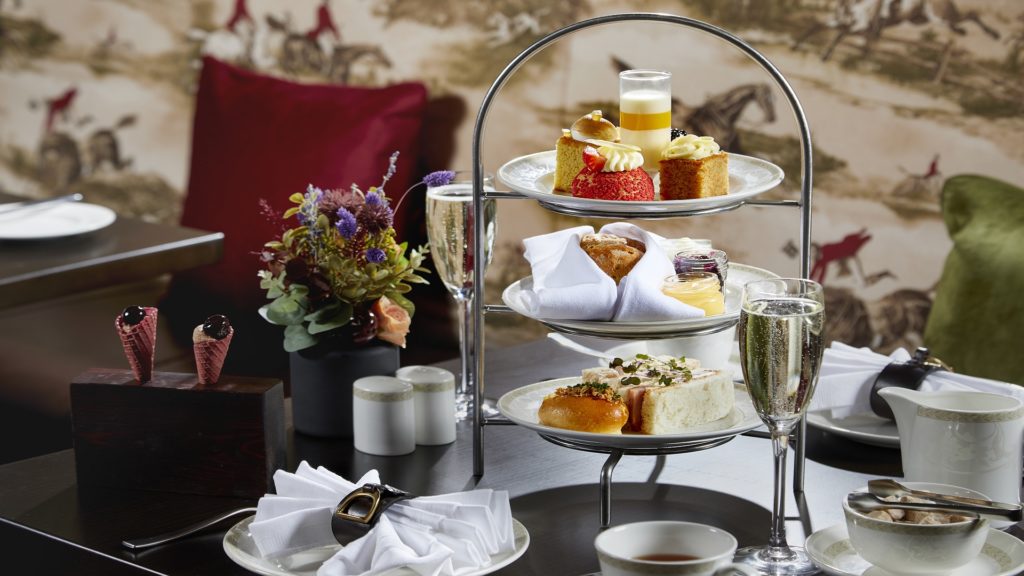

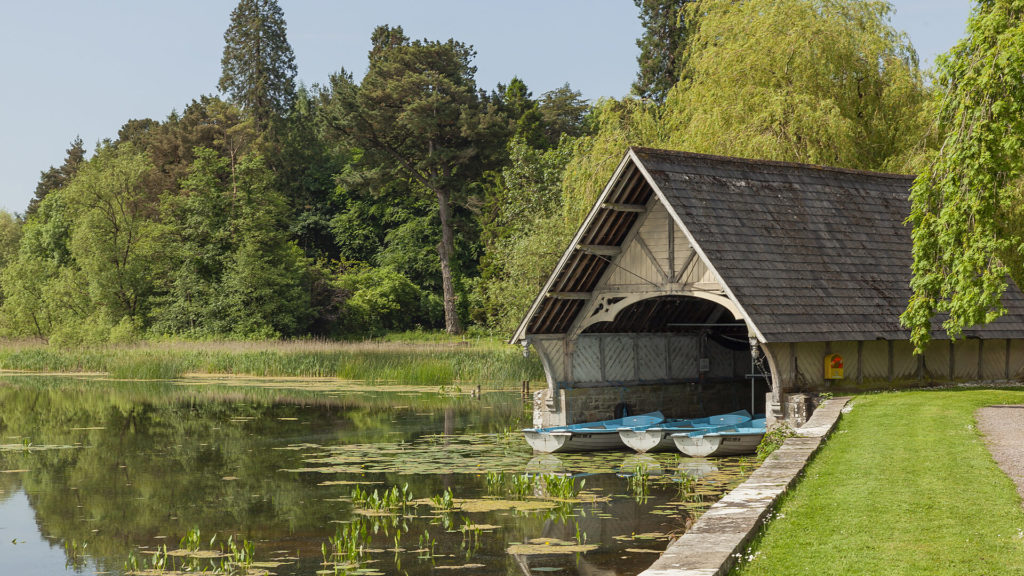





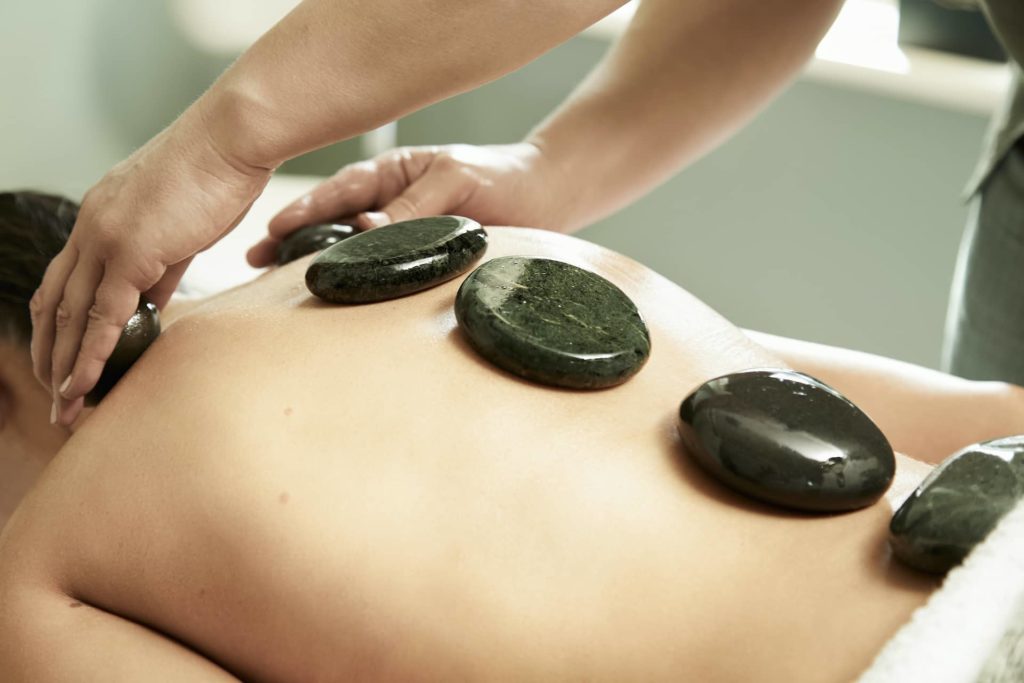
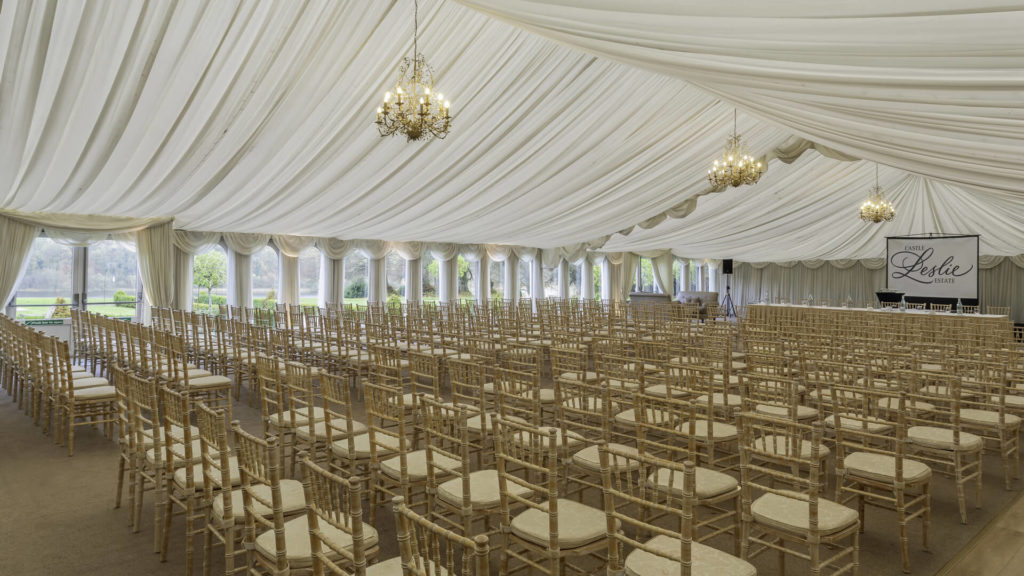

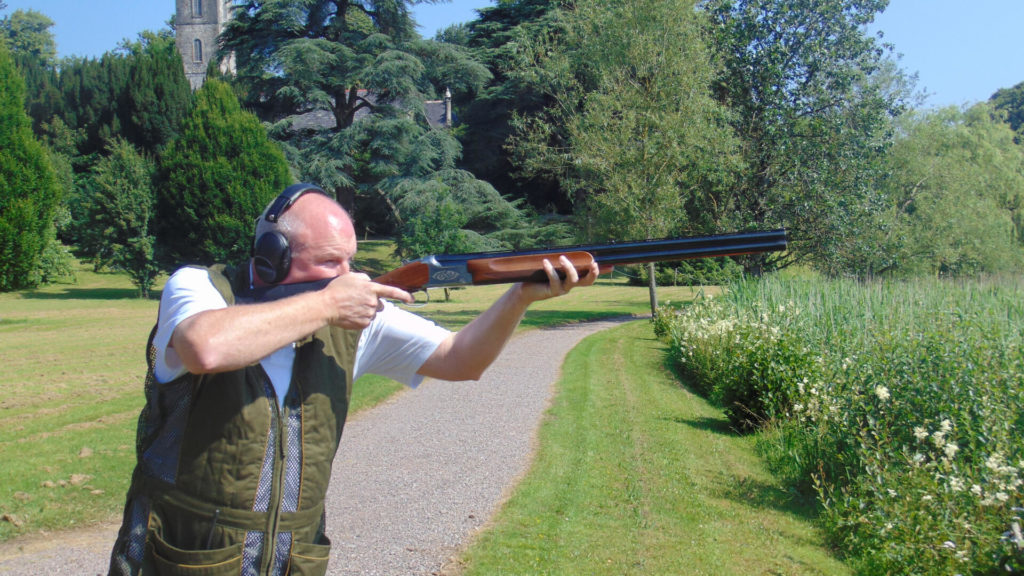




Recent Comments